Google’s quantum computing lab has reached a groundbreaking milestone. The company announced on Monday that its latest quantum computing chip, named Willow, successfully completed a complex computational task in under five minutes—a process Google claims would take the world’s fastest supercomputer an astounding 10 septillion years, a period far exceeding the age of the universe.
This achievement marks significant progress since 2019 when Google unveiled its first quantum processor. At that time, the processor completed a mathematical problem in three minutes, compared to the 10,000 years required by a conventional supercomputer. However, this earlier claim faced skepticism, particularly from IBM, which disputed Google’s assertions.
In addition to its enhanced computational power, Willow addresses one of quantum computing’s most persistent challenges: error reduction. Unlike classical computers that use bits (representing 0 or 1), quantum computers rely on qubits, which can represent 0, 1, or a superposition of both simultaneously. While this feature enables quantum systems to perform complex calculations, it also makes qubits highly error-prone due to their susceptibility to interactions with their environment.
Google’s researchers discovered a novel method to combat these errors. By increasing the number of qubits in the system, they were able to correct errors in real time, a significant breakthrough in the field. Their findings, published in the journal Nature, showcase the potential for scalable quantum error correction.
Hartmut Neven, founder of Google Quantum AI, highlighted the importance of this achievement in a blog post:
“This historic accomplishment is known in the field as ‘below threshold’—the ability to reduce error rates while simultaneously scaling up the number of qubits. Demonstrating this capability is critical for advancing quantum error correction, a challenge that has persisted since Peter Shor introduced the concept in 1995.”
Equipped with 105 qubits, Willow is now recognized as delivering “best-in-class performance,” according to Neven. This advancement places Google at the forefront of the quantum computing race, where it competes with major tech giants like Microsoft, Amazon, and IBM, all of whom are developing their own quantum systems.
Google’s next ambitious target is to execute a “useful, beyond-classical” computation, a task that serves a real-world application and cannot be accomplished by traditional computers. This milestone, if achieved, could redefine the boundaries of what quantum computing can offer.
Looking ahead, Neven envisions quantum technology playing a pivotal role in various industries. He anticipates it will revolutionize fields such as:
- Artificial Intelligence: Enhancing the collection and analysis of training data.
- Pharmaceuticals: Accelerating the discovery of new medicines.
- Energy: Designing more efficient batteries for electric vehicles and advancing fusion energy research.
Willow’s success underscores the rapid evolution of quantum computing and its potential to address complex challenges that are beyond the reach of classical systems. As researchers continue to refine error-correction methods and scale qubit systems, the dream of achieving practical, real-world quantum applications is becoming increasingly tangible.
Google’s advancements with Willow not only solidify its position as a leader in quantum technology but also pave the way for breakthroughs that could transform industries ranging from healthcare to renewable energy. With milestones like these, quantum computing is inching closer to realizing its promise as a revolutionary force in science and technology.
